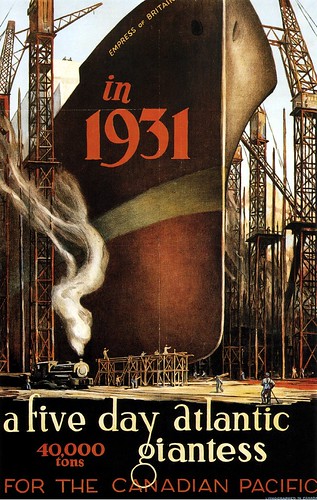Motoscafo Armato Silurante (Italian: "Torpedo Armed Motorboat"), commonly abbreviated as MAS was a class of fast torpedo armed vessel used by the
Regia Marina (the Royal Navy of Italy) during World War I and World War II. MAS were essentially motorboats with displacements of 20-30 tonnes (depending on the class), a 10 man crew, and armament composed of two torpedoes, machine guns and occasionally a light gun.

MAS were widely employed by Règia Marina during World War I in 1915-1918. Models used were directly derived from compact civilian motorboats, provided with petrol engines which were compact and reliable (characteristics which were not common at the time) . They were used not only in the anti-submarine patrol role, but also for daring attacks against major units of the Austro-Hungarian Navy.

The greatest success of Italian MAS was the sinking of the Austro-Hungarian battleship
SMS Szent István off Pula on June 10, 1918 by a boat commanded by Luigi Rizzo. MAS boats later engaged in the Second Battle of Durazzo in October 1918.
* * *
Italian MAS continued to be improved after the end of World War I, thanks to the availability of Isotta Fraschini engines. The MAS of World War II had a maximum speed of 45 knots, two 450 mm torpedoes and one machine gun for anti-aircraft fire. In 1940 there were 48 MAS500-class units available.

Notable war actions performed by MAS include the torpedoing of the Royal Navy C-class cruiser
HMS Capetown by MAS 213 of the 21st MAS Squadron working within the Red Sea Flotilla off Massawa, Eritrea; and the failed attack on the harbour of Malta in January 1941, which caused the loss of two motorboats, one of them recovered by the British.

Five MAS were scuttled in Massawa in the first week of April 1941 as a part of the Italian plan for the wrecking of Massawa harbor in the face of British advance. MAS 204, 206, 210, 213, and 216 were sunk in the harbor; four of the boats were in need of mechanical repairs and couldn't be evacuated. On 24 July 1941, MAS 532 torpedoed and crippled the transport
Sydney Star, which managed to limp to Malta assisted by the destroyer
HMAS Nestor. MAS 554, 554 and 557 also sank three allied freighters on 13 August 1942, in the course of Operation Pedestal, for a total tonnage of 28,500 tn. On 29 August 1942, a smaller type of MAS boat, the MTSM, torpedoed and disabled for the rest of the war the British destroyer
HMS Eridge off El Daba, Egypt.
 This cruiser was launched on 18th December 1918 and the 5th RN warship to carry the name Vindictive. Her conversion involved removal of 3 of her 6in guns and the fitting of a 215 ft landing deck aft with another forward measuring 100 ft. The ship carried six or eight aircraft, depending on their type. Build was completed on 19th June 1919.
This cruiser was launched on 18th December 1918 and the 5th RN warship to carry the name Vindictive. Her conversion involved removal of 3 of her 6in guns and the fitting of a 215 ft landing deck aft with another forward measuring 100 ft. The ship carried six or eight aircraft, depending on their type. Build was completed on 19th June 1919. In 1925 the ship was again converted and reverted to use as a cruiser in 1929. The forward hangar was retained and a catapult with crane for recovery were fitted aft. After 11 years use as a cruiser yet another conversion was authorised and the ship was converted for use as a Cadet Training Ship.
In 1925 the ship was again converted and reverted to use as a cruiser in 1929. The forward hangar was retained and a catapult with crane for recovery were fitted aft. After 11 years use as a cruiser yet another conversion was authorised and the ship was converted for use as a Cadet Training Ship. She was disarmed and modified to provide the facilities for training of Cadets. As a result her use during WW2 was limited to support duties.
She was disarmed and modified to provide the facilities for training of Cadets. As a result her use during WW2 was limited to support duties.
















































